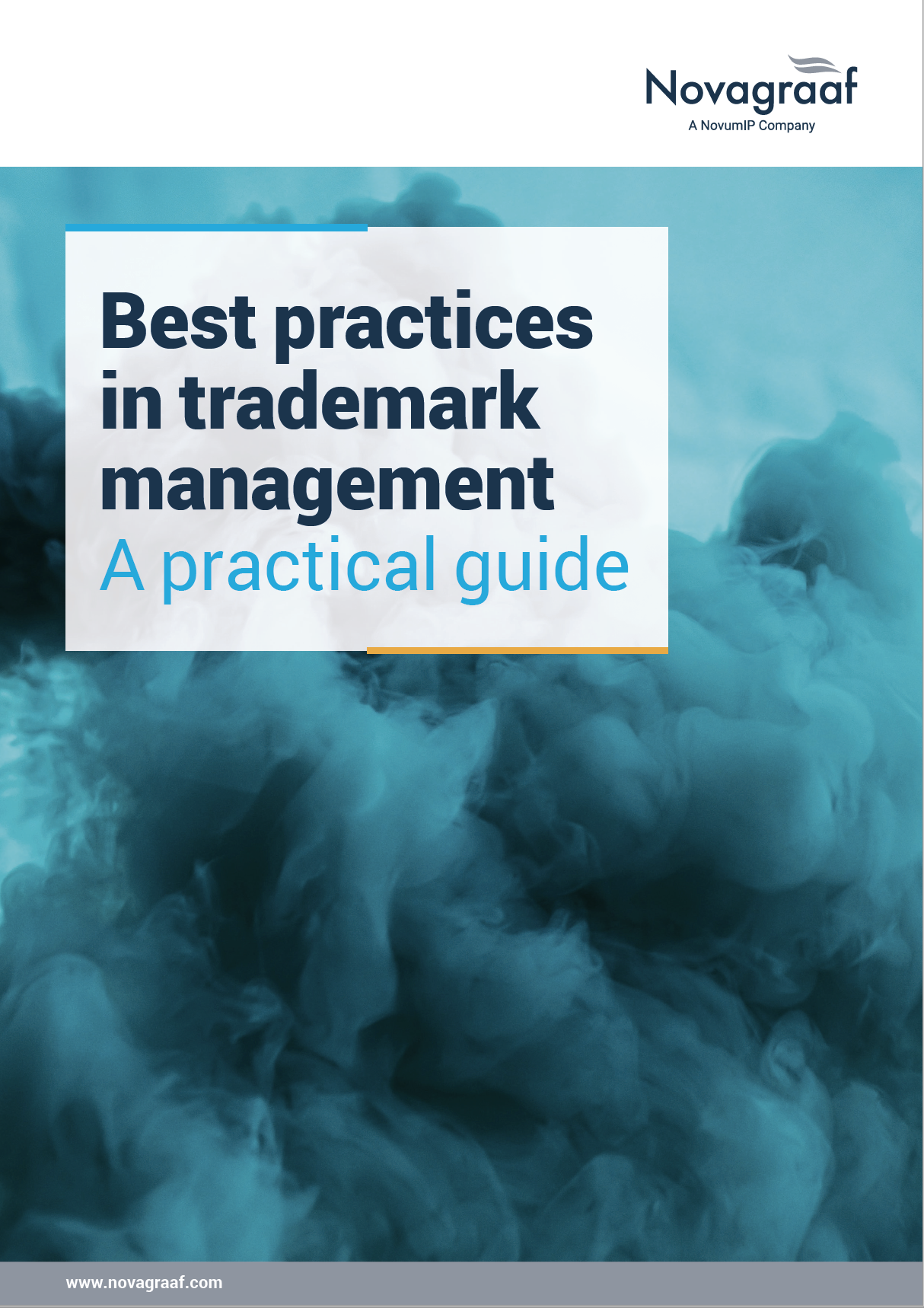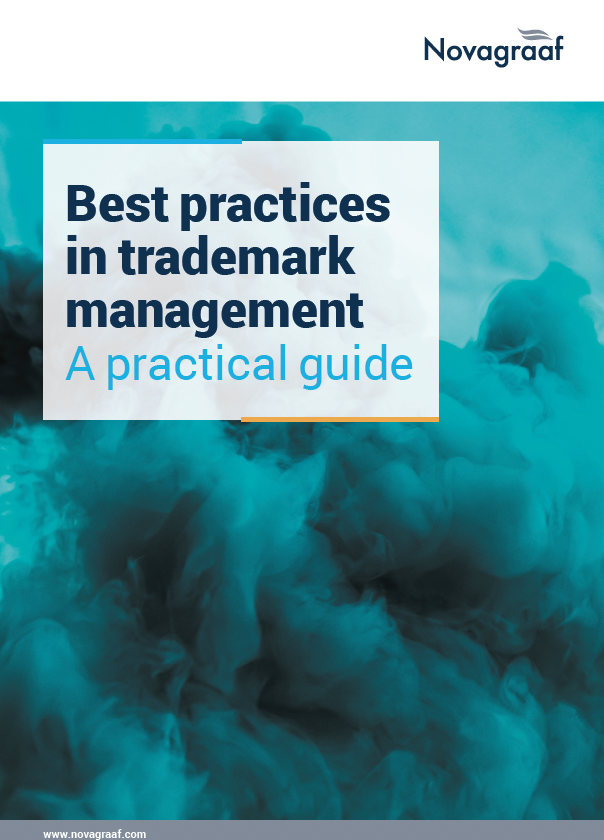Best practices in trademark management: Setting the strategy


In the latest edition of our white paper 'Best practices in trademark management: A practical guide', we set out the steps that need to be taken to put a trademark strategy in place to support and build your business. The white paper is available for download below.
Corporate approaches to trademark management have varied considerably over the years, driven in part by changes to business structures and practices, as well as to stakeholder understanding of the role and value of intangible assets. While I could lead you through a long list of recommendations, of ‘do’s’ and ‘don’ts’, and of lessons learned over this time, it is arguably more valuable to look forward: to take a look at how businesses operate today and the challenges they are likely to face in the future.
We are living at a time in which wealth is driven by IP rights rather than tangible goods. Indeed, in its recent study, ‘Intangible capital in global value chains’, WIPO estimates that more than a third of the value of manufactured products sold around the world comes from ‘intangible capital’, such as branding, design and technology. This is twice the value of tangible capital, such as buildings and machinery, underscoring the growing role of IP in the world’s economy. Clearly, if a business wishes to thrive, locally or globally, it needs to identify, protect and export its IP.
In our trademark management white paper, we set out how to build a trademark strategy that supports your business goals both now and in the future.
